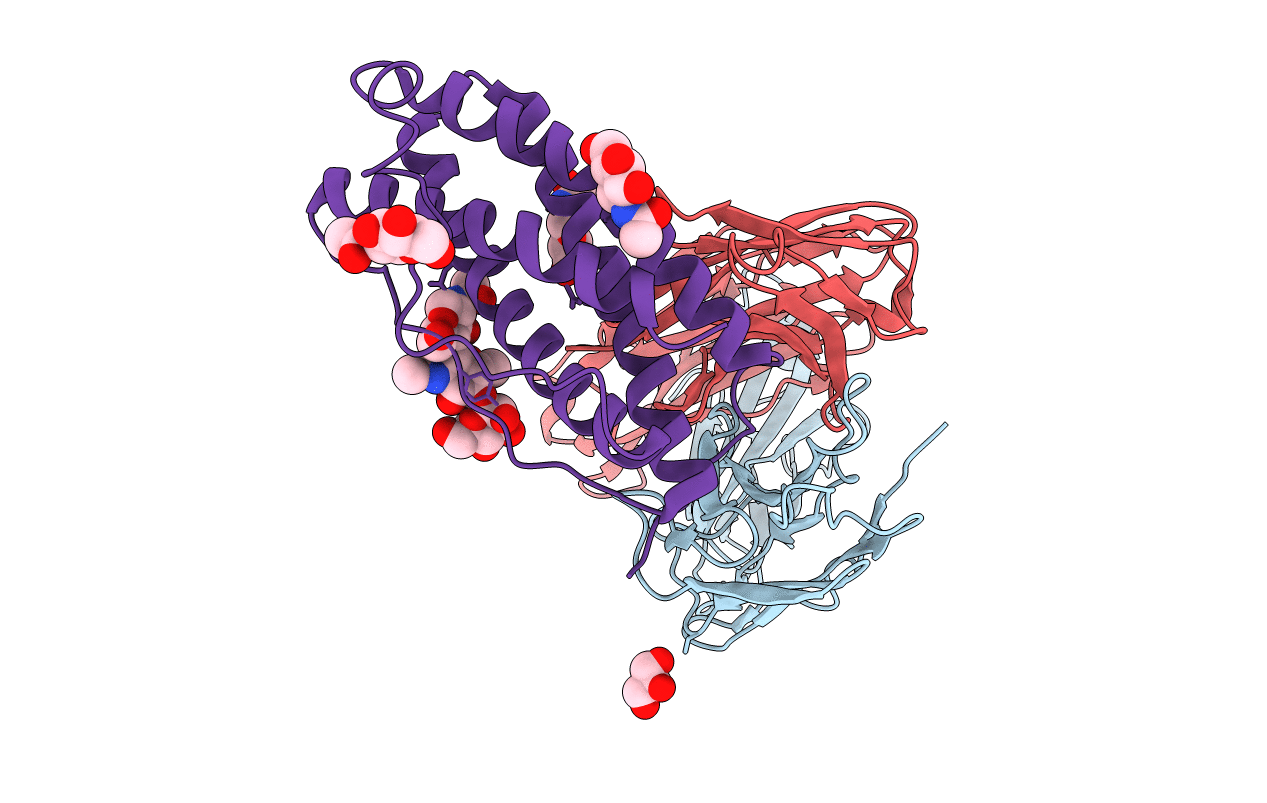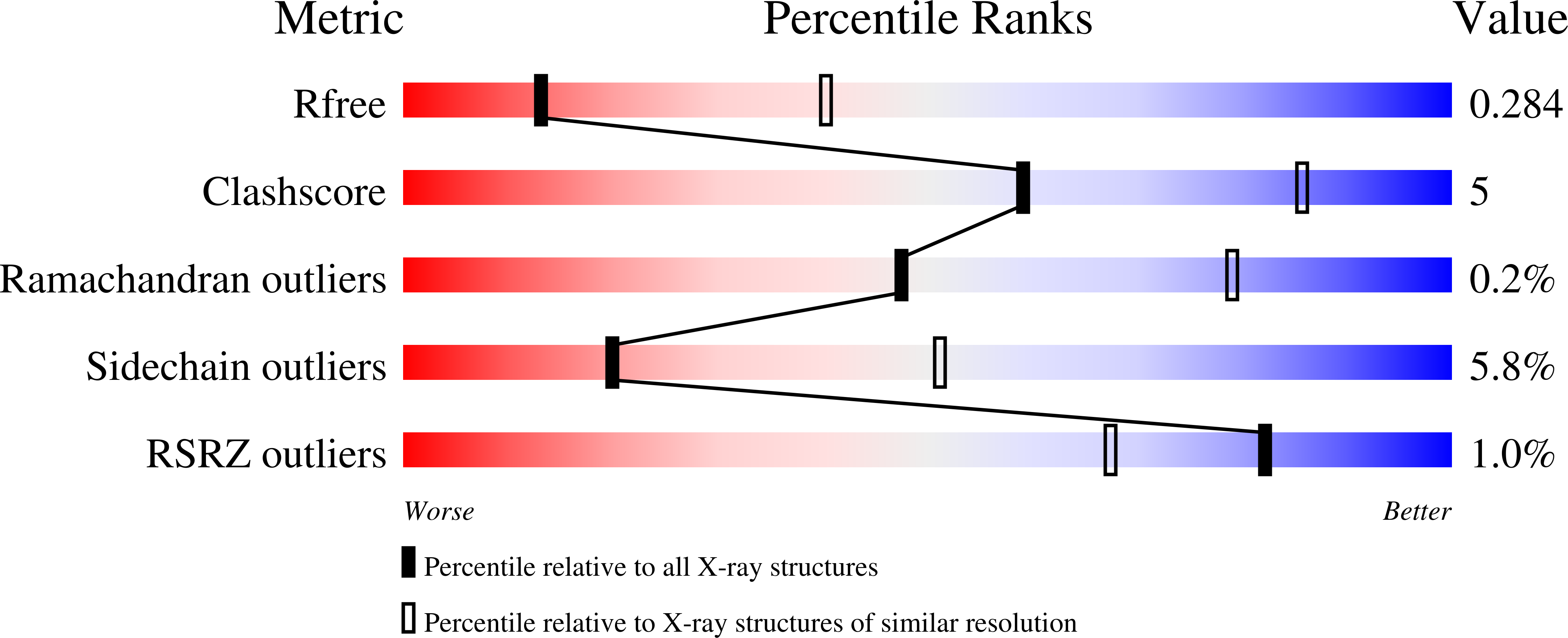
Deposition Date
2021-05-25
Release Date
2022-06-15
Last Version Date
2024-10-09
Entry Detail
PDB ID:
7N0A
Keywords:
Title:
Structure of Human Leukaemia Inhibitory Factor with Fab MSC1
Biological Source:
Source Organism:
Homo sapiens (Taxon ID: 9606)
Host Organism:
Method Details:
Experimental Method:
Resolution:
3.10 Å
R-Value Free:
0.28
R-Value Work:
0.23
R-Value Observed:
0.23
Space Group:
P 21 21 2


